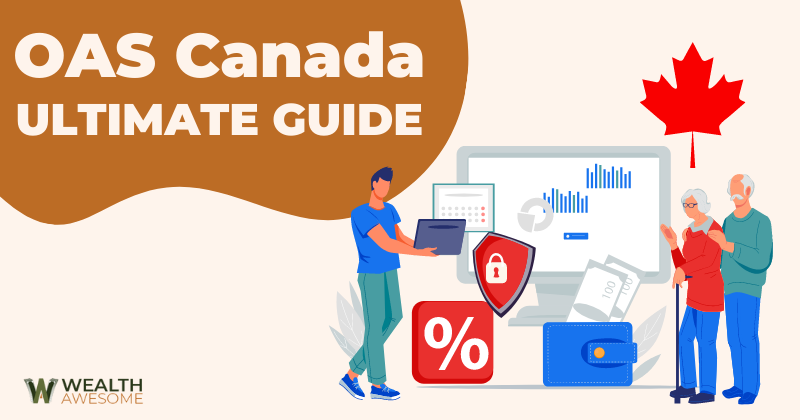As the school year draws to a close, the thoughts of millions of Canadian parents turn to the question of how to find – and pay for – child care throughout the summer months. While many Canadians are still able to work from home for some portion of the work week, few (if any) have the kind of work arrangement which allows them to dispense entirely with child care arrangements during the summer months.
Newsletter Archives - Page 8 of 33 - Akler Browning LLP
Each spring and summer, tens of thousands of Canadian families sell their homes and move – sometimes to a bigger and better property in the same town or city, and sometimes to a new city or even another province.
Many (if not most) taxpayers think of tax planning as a year-end exercise, one to be carried out in the last few weeks of the year, in order to take the steps needed to minimize the tax bill for that year.
Most retired Canadians receive income from two government-sponsored retirement income programs – the Canada Pension Plan (CPP) and the Old Age Security (OAS) program.
This year, the Canada Revenue Agency (CRA) will receive and process more than 30 million individual income tax returns for the 2023 tax year. No two of those returns will be identical, as each such return will have its own particular combination of amounts and sources of income reported, and deductions and credits claimed.
For the majority of Canadians, the due date for filing of an individual tax return for the 2023 tax year was Tuesday April 30, 2024. (Self-employed Canadians and their spouses have until Monday June 17, 2024 to get that return filed.)
As everyone knows, buying one’s first home – achieving that elusive first step on to the “property ladder” – has always presented a challenge, and that challenge has rarely been greater than it is now.
Most Canadians rarely have reason to interact with the tax authorities, and for most people, that’s the way they like it. In the vast majority of cases, Canadians file their tax returns each spring, receive their refund or pay any balance of taxes owing, and forget about taxes until filing season rolls around the following year.
Most taxpayers sit down to do their annual tax return, or wait to hear from their tax return preparer, with some degree of trepidation. In most cases taxpayers don’t know, until their return is completed, what the “bottom line” will be, and it’s usually a case of hoping for the best and fearing the worst.
Our tax system is, for the most part, a mystery to individual Canadians. The rules surrounding income tax are complicated and it can seem that for each and every rule there is an equal number of exceptions or qualifications.









